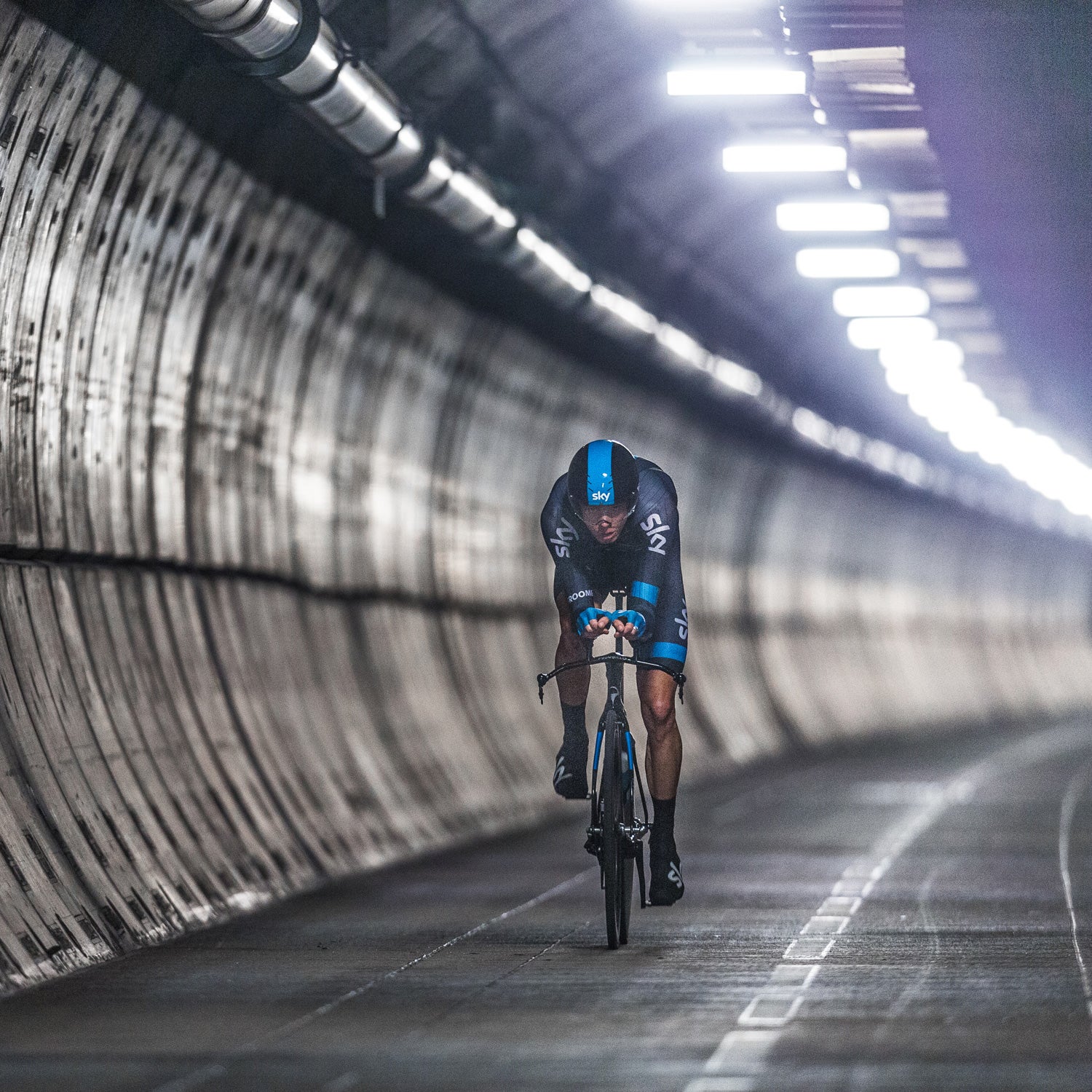On December 3, Chris Froome, the latest winner to face allegations that he’s merely the world’s fastest doper, will release data from a round of physiological testing performed earlier this year, performed by the in London.
While Froome and presented the testing as simple information gathering, sports scientists and cycling fans will closely analyze the information for evidence of shady physiology when presented in December’s �������������Ա�.��
The question: Will this staged release of physiological data, nearly five months after the Tour, do anything to dispel the cloud of suspicion that’s swirled around the British rider since his first Tour win in 2013? And what does more data transparency mean for the sport?
Ross Tucker, a leading sports performance researcher from the , contends that the Froome testing information, though a rare glimpse into a champion’s physiology, won’t settle the question of whether Froome is guilty of using performance-enhancing drugs. “To determine if Chris Froome was guilty of doping, we would need [not] just a single test but rather a series of longitudinal tests that would allow us to see his physiology over time,” says Tucker.
The ongoing discussion underscores the difficulty of proving an athlete’s innocence. After all, it’s tough to prove a negative.
For both Froome’s detractors and supporters, the data will be another piece of what’s still an incomplete picture. Many hope that it will answer questions raised by Froome’s performance on Stage 10 of the 2015 Tour de France, during which the British cyclist on the final climb up La Piere-Saint-Martin. It was this performance, and the ease with which Froome dispatched his closest rivals, that raised eyebrows.
Shortly after Stage 10, Team Sky attempted to gain control of the narrative by releasing portions of Froome’s power files from the day’s ride. This information, gathered by the power meter on Froome’s bike, quantified his effort throughout the stage. Using a rider’s average power over a section of the race and their weight, a power to mass ratio can be determined, allowing for rider-to-rider comparisons.
Unfortunately for Sky and Froome, the hastily released information raised more questions than it answered, as the numbers seemed to contradict what happened on the road. Despite the fact that the power numbers released by Sky were seemingly inferior to those of other riders, Froome climbed much faster, gaining minutes on the rest of the field. Things really blew up when Pierre Sallet, a French exercise physiologist, for the La Pierre-Saint-Martin stage at 7.04 watts per kilogram (W/kg), a figure rivaled only by that of known dopers.
Granted, in Froome’s defense, estimating power-to-mass ratio is an extremely sensitive calculation, one that requires intimate knowledge of factors such as wind speed, road gradient, and air density. Small mistakes in the calculation can lead to large errors. In fact, other scientists (and Team Sky) put the figure at a more reasonable 5.78 W/kg.
“Even with a great deal of data, it would be difficult to make conclusions about doping,” says Hunter Allen, co-author of and founder of .
But while Froome’s December test results may not directly prove or disprove a history of performance enhancement, experts believe that it will lend insight into Froome’s ability. “If we learn his VO2max from the testing, and we know his five-minute power [calculated from past power files], we should be able to correlate the two. If the two don’t seem to match, then something is amiss,” says Allen.
“In combination with his past power files, the testing data may also tell us a bit about his strengths and weaknesses,” he says. VO2max, likely part of the testing, establishes an aerobic ceiling for an endurance athlete and usually stays relatively constant in elite athletes.
So why does all this matter? The ongoing discussion underscores the difficulty of proving an athlete’s innocence. After all, it’s tough to prove a negative. For that purpose, some scientists have argued for the establishment of a “power passport,” a record of a cyclist’s physiological data over time that, like anti-doping’s biological passport, could serve as a benchmark that future performances could be measured against.
Unfortunately for Froome, the years of denials and clean tests by past convicted dopers continues to cast a cloud of suspicion over the sport. But hopefully increased data transparency can keep cycling’s doping history in the past.


